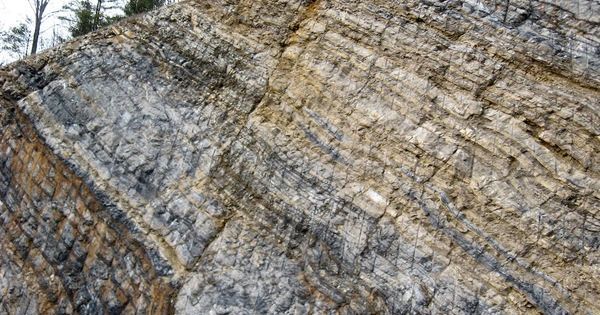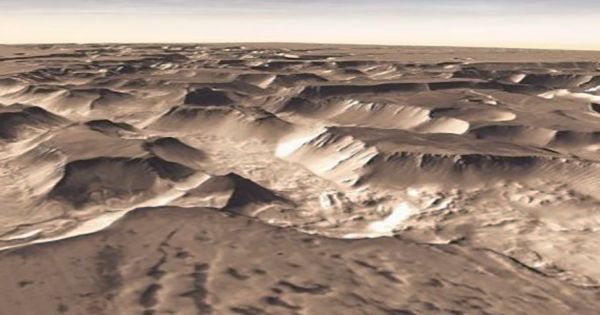Structural geology is the study of the three-dimensional distribution of rock units about their deformation histories. It is a field of geology that studies the three-dimensional distribution of rock units and associated deformational processes. It is concerned with understanding the mechanisms that lead to the production of geological features such as folds, faults, joints, and foliation.
The basic purpose of structural geology is to use measurements of present-day rock geometries to learn about the history of deformation (strain) in the rocks, and eventually to comprehend the stress field that caused the observed strain and geometries. These formations reveal important information about the tectonic history and deformational processes that have influenced a specific region over geological periods.
This understanding of the dynamics of the stress field can be linked to important events in the geologic past; a common goal is to understand the structural evolution of a particular area concerning regionally widespread patterns of rock deformation (e.g., mountain building, rifting) due to plate tectonics.
Key concepts in structural geology include:
- Deformation: The study of how rocks deform in response to stress. Deformation can occur through various mechanisms such as folding, faulting, and fracturing.
- Strain: The measure of the amount of deformation a rock has undergone. It is typically expressed in terms of changes in shape, volume, or orientation.
- Folds: Folded rock layers result from compressional forces in the Earth’s crust. Different types of folds include anticlines, synclines, monoclines, and domes.
- Faults: Faults are fractures in the Earth’s crust along which movement has occurred. They can be classified based on the direction of movement (normal, reverse, or strike-slip) and the angle of the fault plane relative to the horizontal (dip-slip or strike-slip).
- Joints: Joints are fractures in rocks where there has been no considerable movement. They are critical for determining the mechanical characteristics and permeability of rock masses.
Structural geology is important in many sectors, including mineral exploration, petroleum geology, civil engineering, and natural hazard assessment. Understanding the structural properties of the Earth’s crust allows geologists to make significant predictions regarding the distribution of natural resources, the behavior of geological hazards like earthquakes and landslides, and the suitability of construction sites.
















